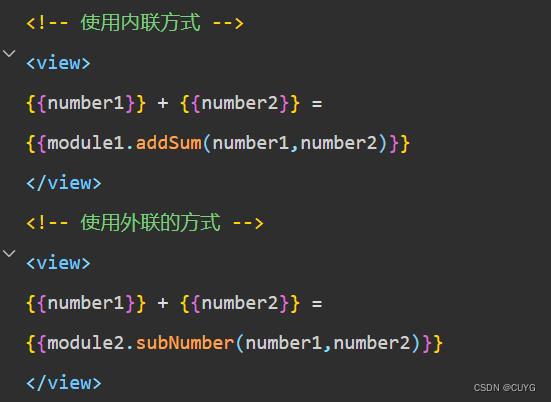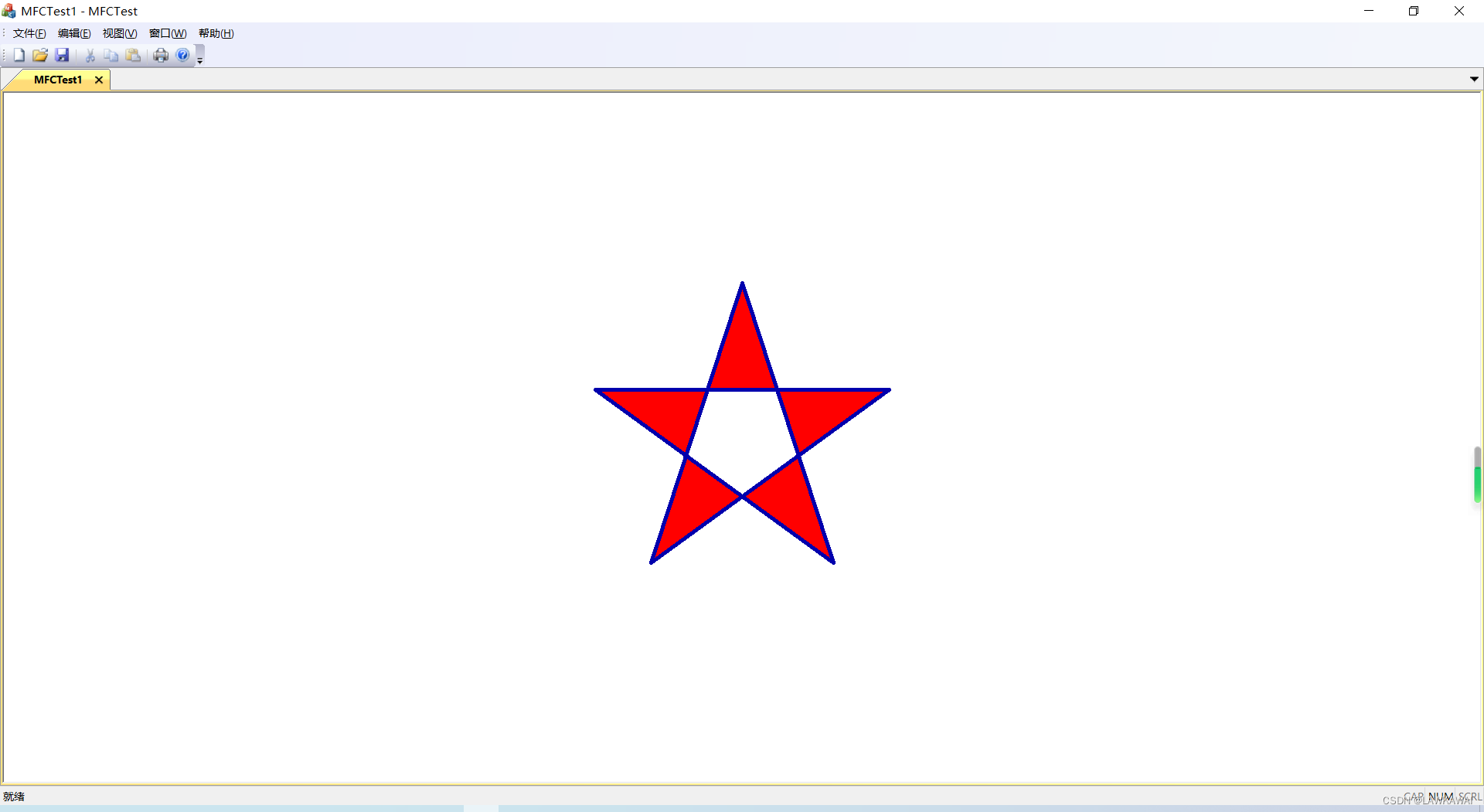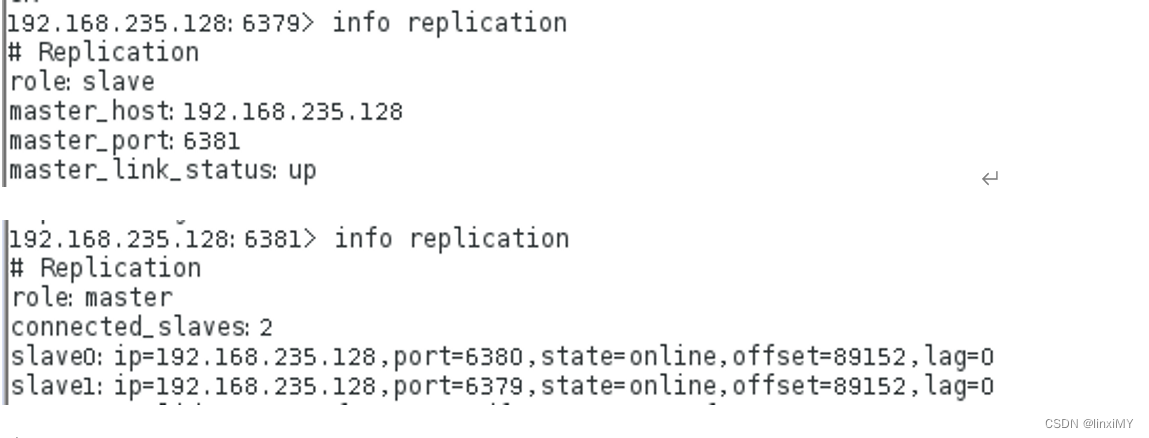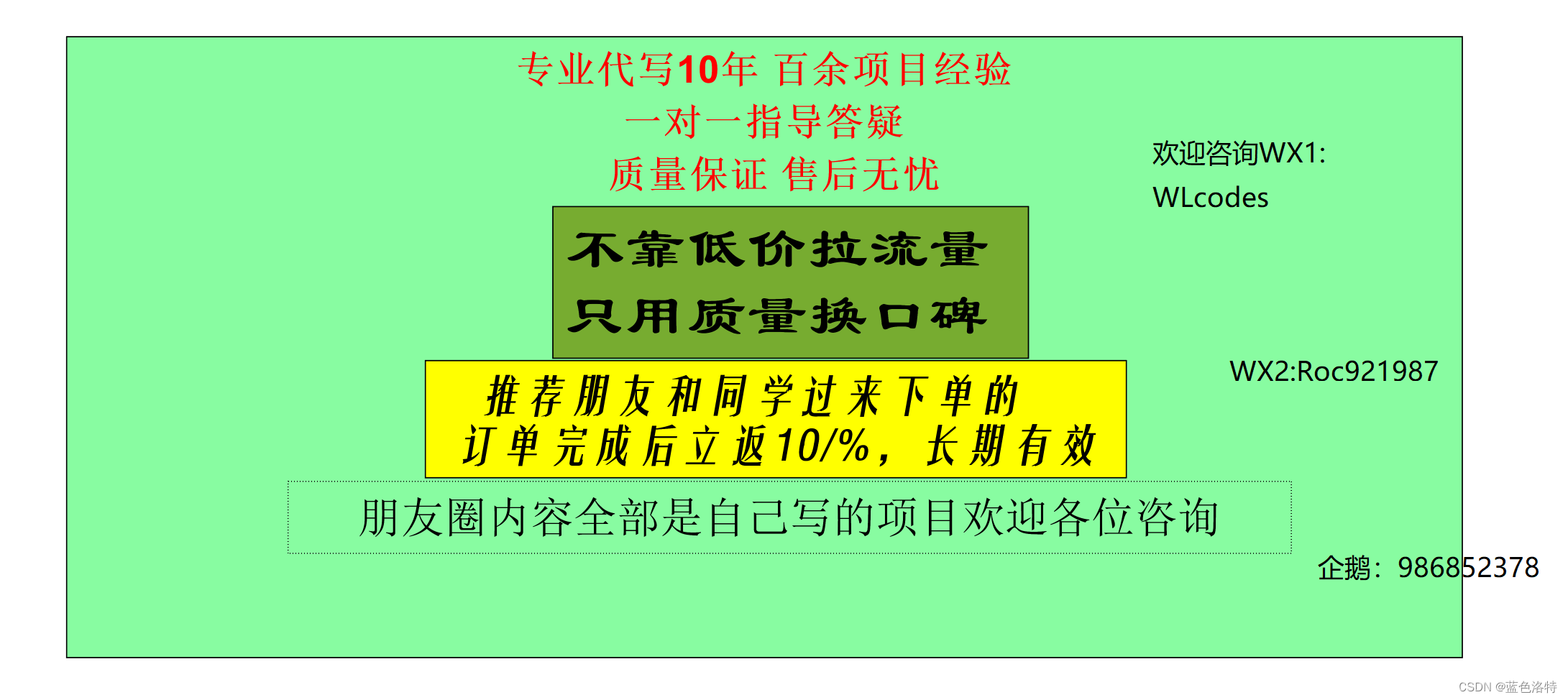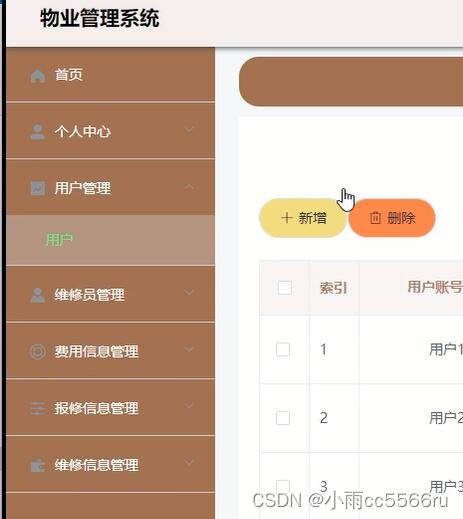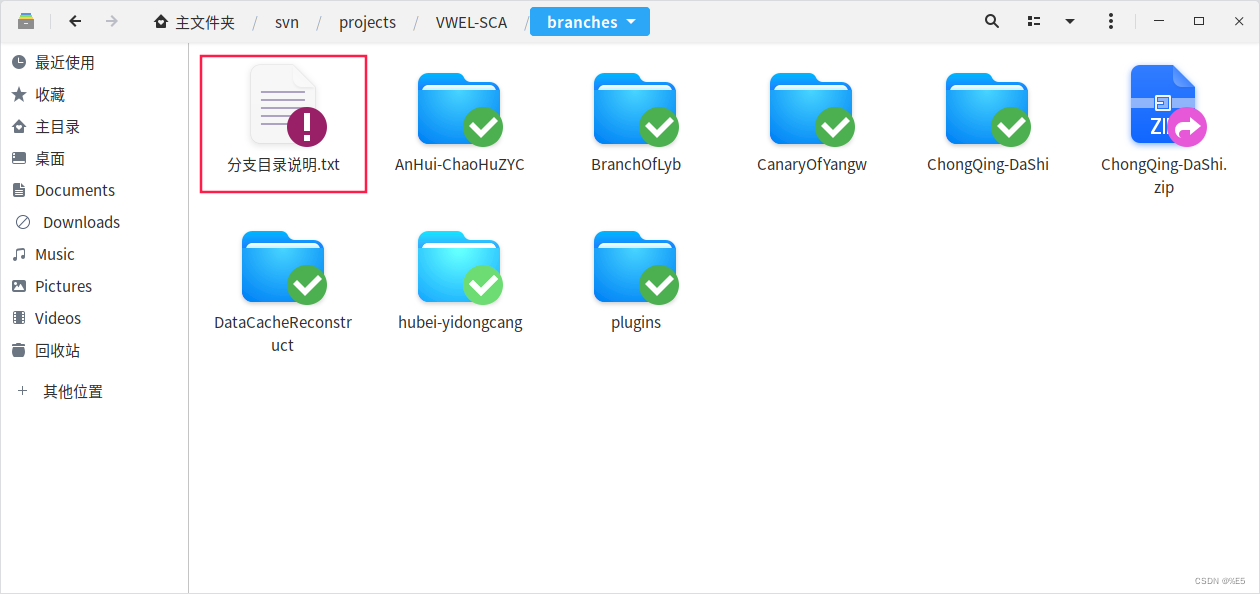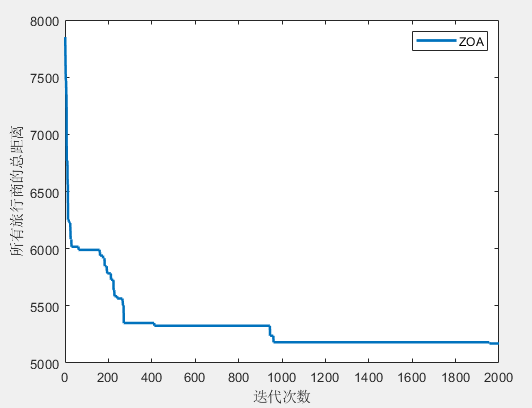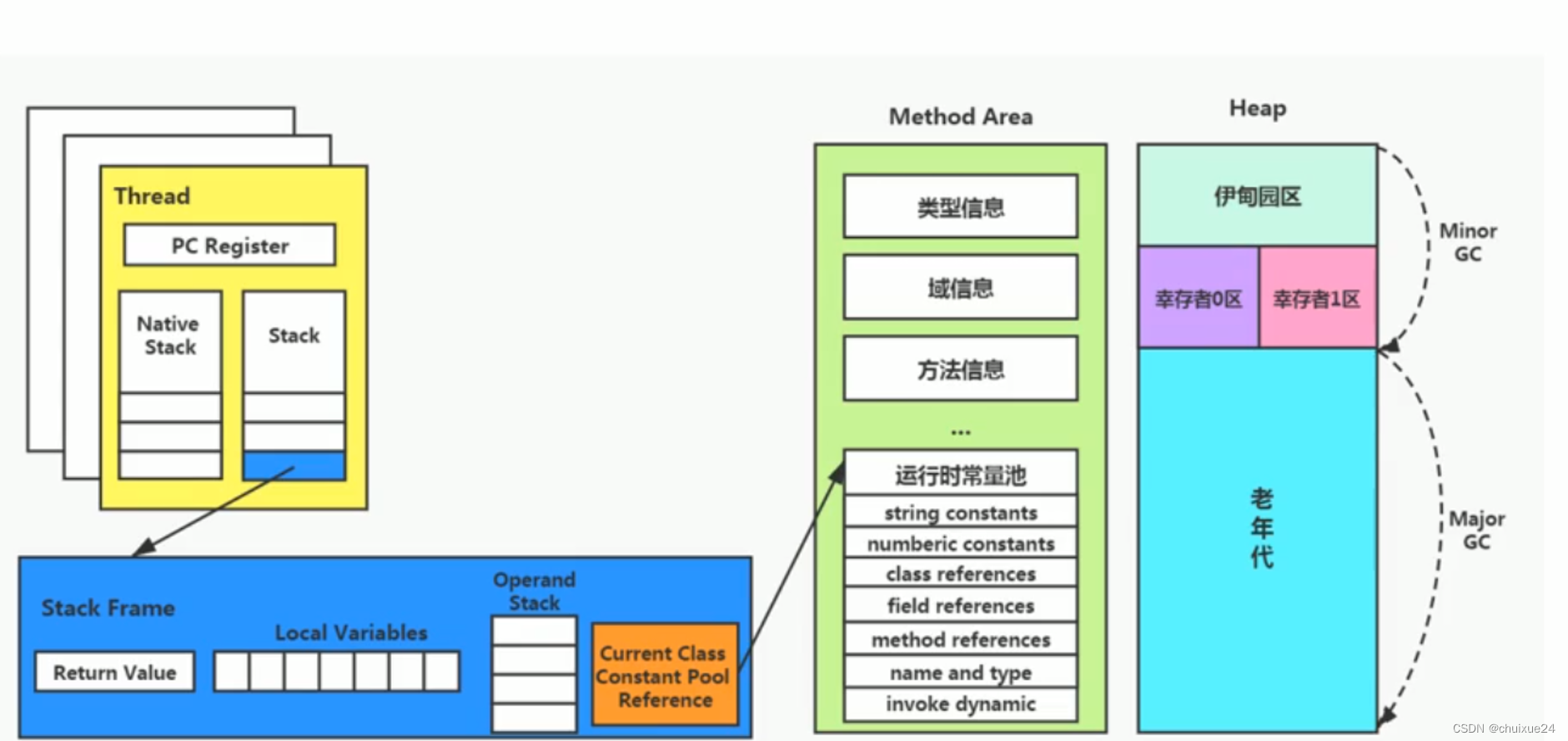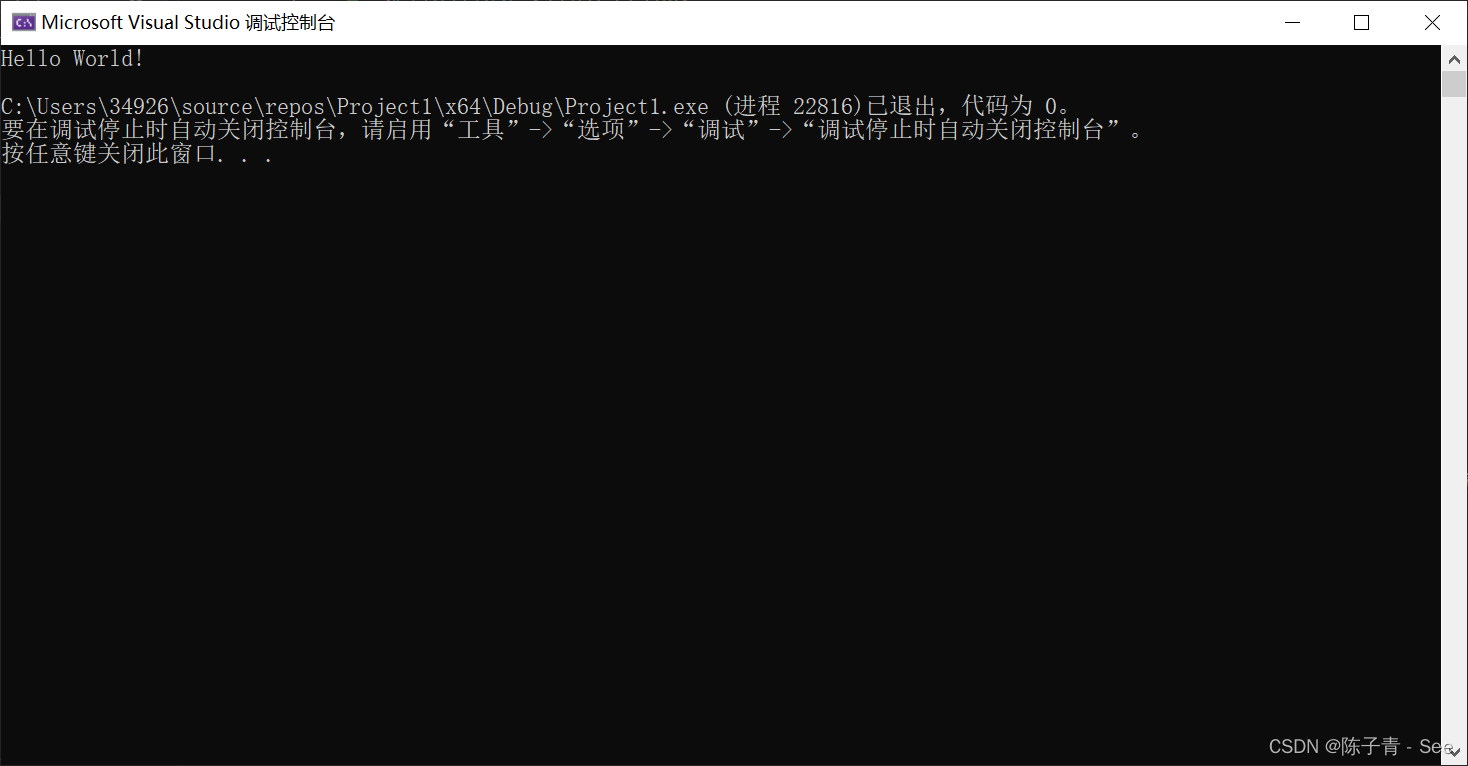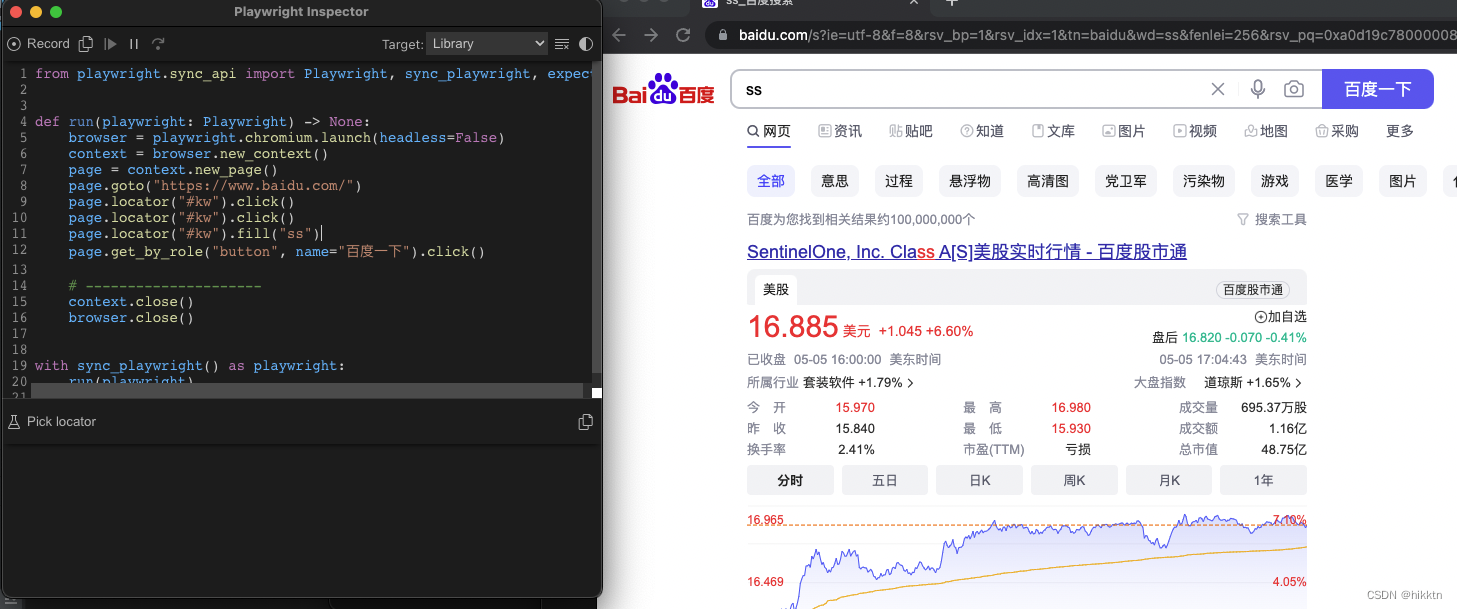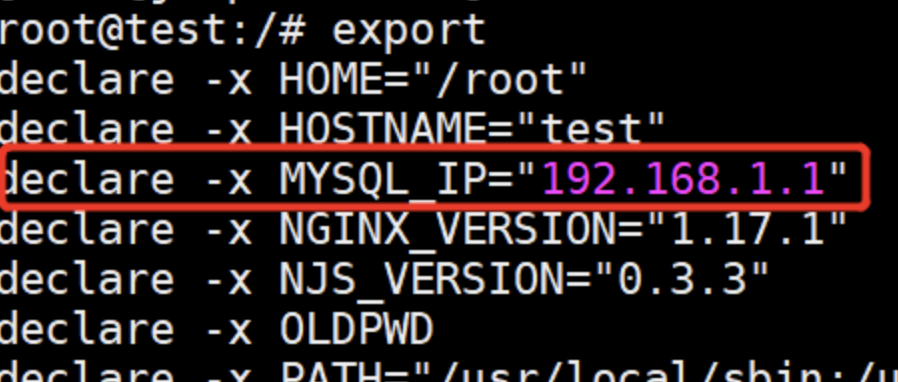文章目录
- 封装数据库操作
- 1. 创建一个 db.sql 文件
- 2. 封装数据库的连接操作
- 3. 创建实体类
- 4. 封装数据库的增删改查操作
- 4.1 创建 BlogDao 类中的方法
- 4.2 创建 UserDao 类中的方法
封装数据库操作
这个步骤主要是把一些基本的数据库操作封装好,以后备用。
1. 创建一个 db.sql 文件

在 src 目录下创建一个 db.sql 文件,在这个文件里实现 建库建表 的语句。
-- 这个文件是用来写建库建表的语句的
-- if not exists 是判断当前要创建的数据是否存在
create database if not exists blog_system;
use blog_system;
-- 删除旧表,重新创建新表,删除是为了残留的数据对后续的程序有负面影响
-- if not exists 是为了判断当前的表是否存在
drop table if not exists user;
drop table if not exists blog;
-- 创建博客表
create table blog (
blogId int primary key auto_increment,
title varchar(128),
content varchar(4096),
postTime dateTime,
userId int
);
-- 创建用户表
create table user (
userId int primary key auto_increment,
username varchar(20) unique, -- 要求用户名要和别人不重复
password varchar(20)
);
2. 封装数据库的连接操作
要新建一个 DBUtil 类,在这个类当中实现以下代码。
public class DBUtil {
private static DataSource dataSource = new MysqlDataSource();
static {
((MysqlDataSource) dataSource).setUrl("jdbc:mysql://127.0.0.1:3306/blog_system?characterEncoding=utf8&useSSL=false");
((MysqlDataSource) dataSource).setUser("root");
// 你的数据库密码是什么就写什么,没有就不写
((MysqlDataSource) dataSource).setPassword("000000");
}
// 通过这个方法来建立连接
public static Connection getConnection() throws SQLException {
return dataSource.getConnection();
}
// 通过这个方法来释放资源
public static void close(Connection connection, PreparedStatement statement, ResultSet resultSet) {
if (resultSet != null) {
try {
resultSet.close();
} catch (SQLException e) {
e.printStackTrace();
}
}
if (statement != null) {
try {
statement.close();
} catch (SQLException e) {
e.printStackTrace();
}
}
if (connection != null) {
try {
connection.close();
} catch (SQLException e) {
e.printStackTrace();
}
}
}
}
jdbc:mysql://127.0.0.1:3306/blog_system?characterEncoding=utf8&useSSL=false
上述语句中的 blog_system 是你的数据库名。
3. 创建实体类
这里创建的实体类实际上就是和表中的记录对应的类。
例如:
blog 表就用 Blog 类对应,Bolg 的一个对象就对应表中的一条记录。
user 表就用 User 类对应,User 的一个对象就对应表中的一条记录。
接下来新建一个 Blog 和 User 类。
(1) 编写 Blog 类中的代码
public class Blog {
private int blogId;
private String title;
private String content;
private Timestamp postTime;
private int userId;
}

上面代码中的成员要和 blog 表中的属性一样。
在上述代码的基础上还要生成 Getter 和 Setter 方法。
右击之后,点击圈出的位置

之后再出现的界面中点击 Getter and Setter

把界面中出现的成员全选,点击 ok 即可。

完整的代码
import java.sql.Timestamp;
public class Blog {
private int blogId;
private String title;
private String content;
private Timestamp postTime;
private int userId;
public int getBlogId() {
return blogId;
}
public void setBlogId(int blogId) {
this.blogId = blogId;
}
public String getTitle() {
return title;
}
public void setTitle(String title) {
this.title = title;
}
public String getContent() {
return content;
}
public void setContent(String content) {
this.content = content;
}
public Timestamp getPostTime() {
return postTime;
}
public void setPostTime(Timestamp postTime) {
this.postTime = postTime;
}
public int getUserId() {
return userId;
}
public void setUserId(int userId) {
this.userId = userId;
}
}
(2) 编写 User 类中的代码
User 也要注意这些成员要和 user 表中的属性一致。

其余的步骤可 (1) 一致,以下是完整的代码。
public class User {
private int userId;
private String username;
private String password;
public int getUserId() {
return userId;
}
public void setUserId(int userId) {
this.userId = userId;
}
public String getUsername() {
return username;
}
public void setUsername(String username) {
this.username = username;
}
public String getPassword() {
return password;
}
public void setPassword(String password) {
this.password = password;
}
}
4. 封装数据库的增删改查操作
创建一个 BlogDao 和 UserDao 类,在这个类中实现一些方法来进行增删改查操作。
4.1 创建 BlogDao 类中的方法
通过这个类,封装针对 博客表 的基本操作,
此处暂时不涉及到修改操作,修改操作也可以通过删除和新增来实现。
public class BlogDao {
// 1.新增一个博客
public void add(Blog blog) {
}
// 2.根据博客 id 来查询指定博客(博客详情页)
public Blog selectById(int blogId) {
return null;
}
// 3.直接查询出数据库中所有的博客列表(博客列表页)
public List<Blog> selectAll() {
return null;
}
// 4.删除指定博客
public void delete(int blogId) {
}
}

点击 发布文章 的时候就会触发 add 方法新增一个博客。
在 博客列表页 点击 查看全文的时候就会触发 selectById 来跳转到 博客详情页。
selectAll 方法可以查询出所有的博客列表,delete 方法对应的删除按钮后续在实现。
① 实现 add 方法,实现新增操作。
// 1.新增一个博客
public void add(Blog blog) {
Connection connection = null;
PreparedStatement statement = null;
try {
// 1.和数据库建立连接
connection = DBUtil.getConnection();
// 2.构造 sql
String sql = "insert into blog values(null, ?, ?, ?, ?)";
statement = connection.prepareStatement(sql);
// 替换操作
statement.setString(1, blog.getTitle());
statement.setString(2, blog.getContent());
statement.setTimestamp(3, blog.getPostTime());
statement.setInt(4, blog.getUserId());
// 3.执行 sql
statement.executeUpdate();
} catch (SQLException e) {
e.printStackTrace();
}finally {
// 4.释放资源
DBUtil.close(connection, statement, null);
}
}
因为是一个新增操作,因此这里涉及的 sql 语句是 insert into blog values() 。
values 里的参数是要和之前建好的 blog 表是一致的。

因为自增主键不需要手动设置,设置为 null 让它自动分配即可,因此 第一个参数是 null。
以后的几个参数都使用 ? 这个占位符 来代替,在之后的操作中再将它替换为 blog 表中对应的属性。
因此后面几个参数都是 ?。因此构造的 sql 语句就是:insert into blog values(null, ?, ?, ?, ?)
② 实现 selectById 方法来查询指定博客
// 2.根据博客 id 来查询指定博客(博客详情页)
public Blog selectById(int blogId) {
Connection connection = null;
PreparedStatement statement = null;
ResultSet resultSet = null;
try {
// 1.和数据库建立连接
connection = DBUtil.getConnection();
// 2.构造查询 sql
String sql = "select * from blog where biogId = ?";
statement = connection.prepareStatement(sql);
statement.setInt(1, blogId);
// 3.执行 sql
resultSet = statement.executeQuery();
// 4.遍历结果集和 由于 blogId 在 bolg 表中是唯一的(主键)
// 此时的查询结果要么是没有查到任何数据,要么只有一条记录
// 此处可以不使用 while,使用 if 判定即可
if (resultSet.next()) {
Blog blog = new Blog();
// 把从数据库中读到信息设置到 blog 对象中
blog.setBlogId(resultSet.getInt("blogId"));
blog.setTitle(resultSet.getString("title"));
blog.setContent(resultSet.getString("content"));
blog.setPostTime(resultSet.getTimestamp("postTime"));
blog.setUserId(resultSet.getInt("userId"));
return blog;
}
} catch (SQLException throwables) {
throwables.printStackTrace();
}finally {
// 4.释放资源
DBUtil.close(connection, statement, resultSet);
}
return null;
}
因为是要完成指定查询,因此它的 sql 语句是 select * from blog where biogId = ?
将方法中的参数 blogId 替换到 占位符中以完成指定条件的查询。
在遍历结果集合的时候,由于 blogId 在 bolg 表中是唯一的(主键),因此查询的结果要么是没有查到任何数据,要么只有一条记录。
因此在此处可以不使用 while,使用 if 判定一次即可。
③ 实现 selectAll 方法 查询所有的博客列表
// 3.直接查询出数据库中所有的博客列表(博客列表页)
public List<Blog> selectAll() {
Connection connection = null;
PreparedStatement statement = null;
ResultSet resultSet = null;
List<Blog> blogs = new ArrayList<>();
try {
// 1.和数据库建立连接
connection = DBUtil.getConnection();
// 2.构造查询 sql
String sql = "select * from blog";
statement = connection.prepareStatement(sql);
// 3.执行sql - 增删改 使用 executeUpdate 查使用 executeQuery
resultSet = statement.executeQuery();
// 4.遍历结果集合
while (resultSet.next()) {
Blog blog = new Blog();
// 把从数据库中读到信息设置到 blog 对象中
blog.setBlogId(resultSet.getInt("blogId"));
blog.setTitle(resultSet.getString("title"));
// 需要注意的是在博客列表页是不需要把整个正文全部显示出来的
// 这里可以可以设置一个显示的篇幅
String content = resultSet.getString("content");
// 将篇幅的长度设置为 128
if (content.length() >= 128) {
// 如果篇幅大于 128 就提取 128 长度的篇幅
// 这只是一个随便设置的篇幅长度
// 如果最终显示出来效果不好看,还可以随时更改
content = content.substring(0, 128) + "...";
}
blog.setContent(content);
blog.setPostTime(resultSet.getTimestamp("postTime"));
blog.setUserId(resultSet.getInt("userId"));
// 调用 add 方法添加进去
blogs.add(blog);
}
} catch (SQLException throwables) {
throwables.printStackTrace();
} finally {
// 释放资源
DBUtil.close(connection, statement, resultSet);
}
return blogs;
}
需要注意的是在 博客列表页 是不需要把整个正文全部显示出来的,
因此这里可以设置显示出的篇幅长度。
这里设置的为 128,这只是一个随便设置的长度,如果最终显示出来效果不好看,还可以随时更改。
这里是要将所有的博客列表查询出来,因此此处使用 while 来遍历结果集和。
④ 实现 delete 删除指定博客
// 4.删除指定博客
public void delete(int blogId) {
Connection connection = null;
PreparedStatement statement = null;
try {
// 1.和数据库建立连接
connection = DBUtil.getConnection();
// 2.构造查询 sql
String sql = "delete * from blog where blogId = ?";
statement = connection.prepareStatement(sql);
statement.setInt(1, blogId);
// 3.执行sql - 增删改 使用 executeUpdate 查使用 executeQuery
statement.executeUpdate();
} catch (SQLException throwables) {
throwables.printStackTrace();
} finally {
DBUtil.close(connection, statement, null);
}
}
删除操作就是会通过方法里的参数 blogId 来找到要删除的博客,然后删除。
以上四个方法的大致实现方式是一致的,只是有个别的操作不同。
都要 和数据库建立连接、构造 sql 语句、执行 sql 语句、还有就是最后的释放资源。
对于查询操作会有一个遍历结果集合的步骤,其余的步骤也是一致的。
以及就是在执行 sql 语句的时候,如果是 增删改 就要使用 executeUpdate,
如果是 查询 操作,就要使用 executeQuery。
4.2 创建 UserDao 类中的方法
通过这个类,封装针对 博客表 的基本操作。
// 1.根据 userId 来查用户信息
public User selectById(int userId) {
}
// 2.根据 username 来查用户信息
public User selectByUsername(String username) {
}
① 实现 selectById 方法,根据 userId 查询用户信息。
// 1.根据 userId 来查用户信息
public User selectById(int userId) {
Connection connection = null;
PreparedStatement statement = null;
ResultSet resultSet = null;
try {
// 1.和数据库建立连接
connection = DBUtil.getConnection();
// 2.构造 sql 语句
String sql = "select * from user where userId = ?";
statement = connection.prepareStatement(sql);
statement.setInt(1, userId);
// 3.执行 sql
resultSet = statement.executeQuery();
// 4.遍历结果集合
if (resultSet.next()) {
User user = new User();
user.setUserId(resultSet.getInt("userId"));
user.setUsername(resultSet.getString("username"));
user.setPassword(resultSet.getString("password"));
return user;
}
} catch (SQLException throwables) {
throwables.printStackTrace();
} finally {
// 5.释放资源
DBUtil.close(connection, statement, resultSet);
}
return null;
}
② 实现 selectByUsername 方法,根据 username 查询用户信息。
这个方法与上面的方法类似,只是有两个步骤是不同的。
第一个步骤:
将上面方法构造出的 sql 语句: select * from user where userId = ?。
改为了下面的 sql 语句。
// 2.构造 sql 语句
String sql = "select * from user where username = ?";
第二个步骤:
将上面方法中的 **statement.setInt(1, userId);**这条语句改为以下的这条语句。
statement.setString(1, username);
主要是将 int 类型 改为了 String 类型,以及 userId 改为了 username。
